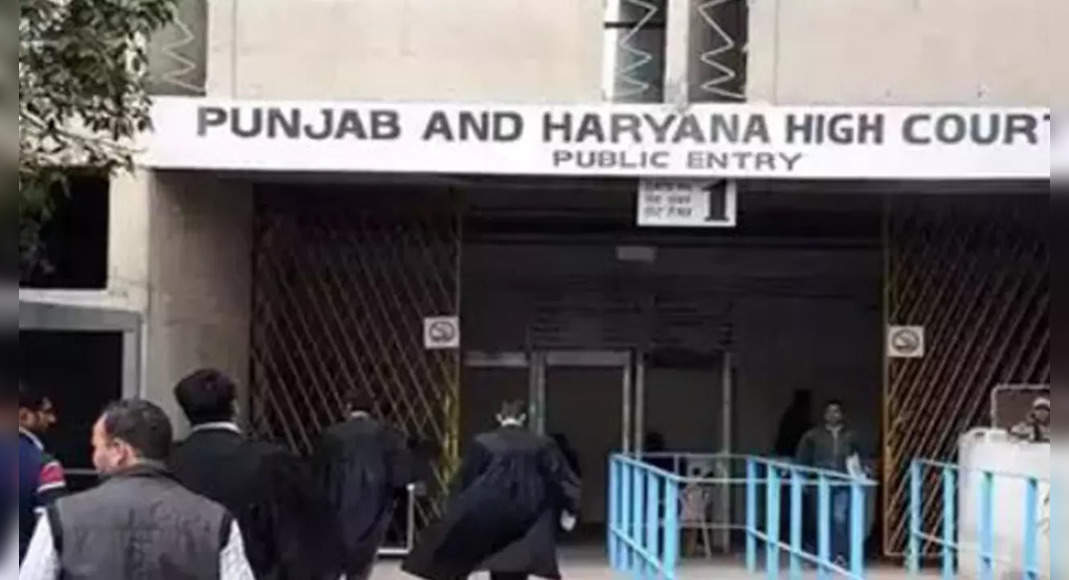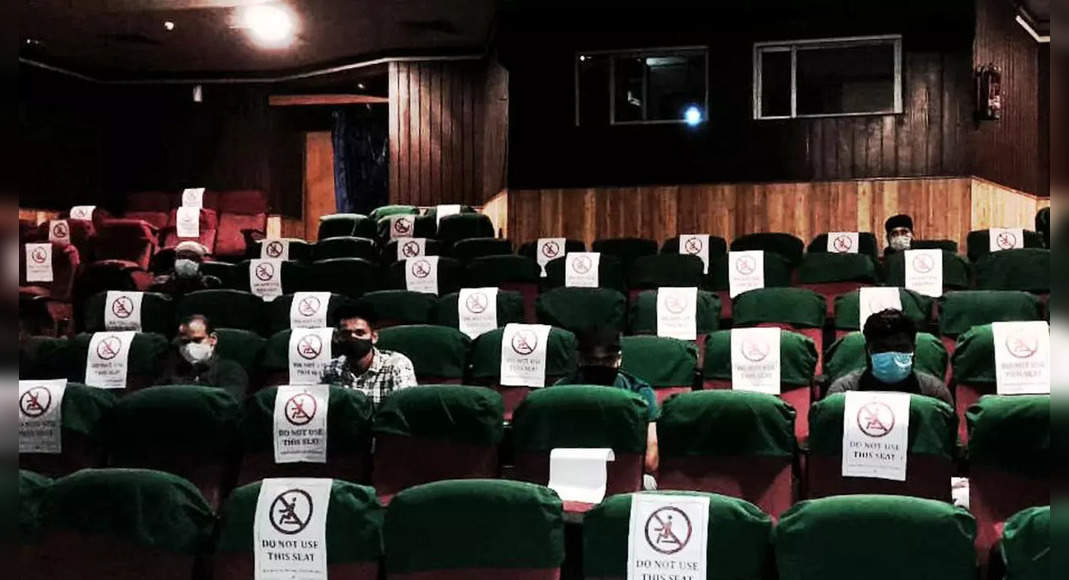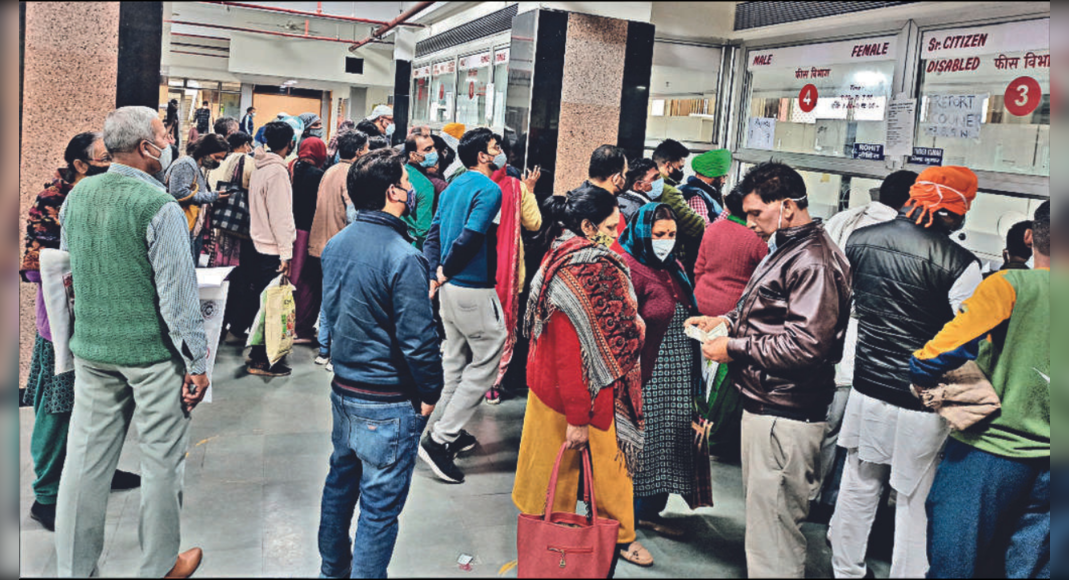Chandigarh: The standing parliamentary committee on water resources has expressed concern about the maintenance of a very long channel in Punjab and Rajasthan, which produces additional water flow to Pakistan from the harike Carrase in Punjab.
The Committee is studying flood management and international water agreements.
Led by Dr.
Sanjay Jaiswal, Lok Sabha MP from Pashchim Champaran in Bihar, the Committee has recommended that the canal system in Punjab and Rajasthan be repaired, reinforced and maintained well to increase the capacity of water channel water carrier.
In the report it was submitted to Parliament during the ongoing Monsun session, the panel highlighted that canals such as Rajasthan Feeder and Sirhind Feeder worked under capacity – 1/3 of their full capacity – resulting in release of water from Harike.
It also urges the central government to accelerate the work to complete a dam project such as UJH and Shahpur Kandi so that it can exploit the full potential of Western rivers for irrigation and other purposes.
The Rights of the Indus Water Agreement that are underutilized: Parlementer Panel Panel also studied international water agreements in the field of water resources management with special references for agreements or agreements included with China, Pakistan and Bhutan.
Emphasizing the need for the center to negotiate the Indus Water Agreement with Pakistan, the Committee has said that the current urgent problem such as climate change, global warming and environmental impact assessment is not taken into account when framing the agreement at that time.
“The committee is limited to note that even though India, in accordance with the Indus Agreement, has the right to create water capacity storage of up to 3.6 million acres in the western river, however, there is no storage capacity that has been made so far by India.
Furthermore , from the estimated power potential of around 20,000 MW, which can be used from western river projects, only a capacity of 3,482mW has been built so far in the West River, “read the report.
The Indus Water Agreement was signed between India and Pakistan to share Indus Basin waters in 1960 after eight years of negotiations under the World Bank Aegis.
The total number of waters of East River – Satluj, Beas and Ravi – allocated to India for non-restricted use while Western River waters – Indus, Jhelum and Chenab – are allocated mostly to Pakistan.
However, India is permitted to use Western River water for domestic use, non-consumptive use, agriculture and hydro-electric power generation.
The Committee added that the Indus Agreement provided Indian rights to develop irrigation plants (ICA) 13.43 lakh hectares (9.12 lakh hectares without making any storage and 4.31 lakh hectares after the creation of conservation storage into the river every year) through western river waters.
However, according to the latest data for the year of the 2019-20 harvest, ICA developed by India in the West River is 7.59 lakh hectares.
The release of BBMB water desert Punjabit also highlights that the release of water from Beas Bhakra Management Board projects in Himachal Pradesh and Punjab created a situation like a flood in Punjab.
According to the report, Punjab suffered total damage to plants, houses and public utilities from floods and heavy rain of RS 124 Crore in 2018.
The central government has released Rs 40 Crore to the Punjab government under the Flood Management program in three years 2017-18 to 2019 -20 and Rs 814 Crore to Himachal during this period.






